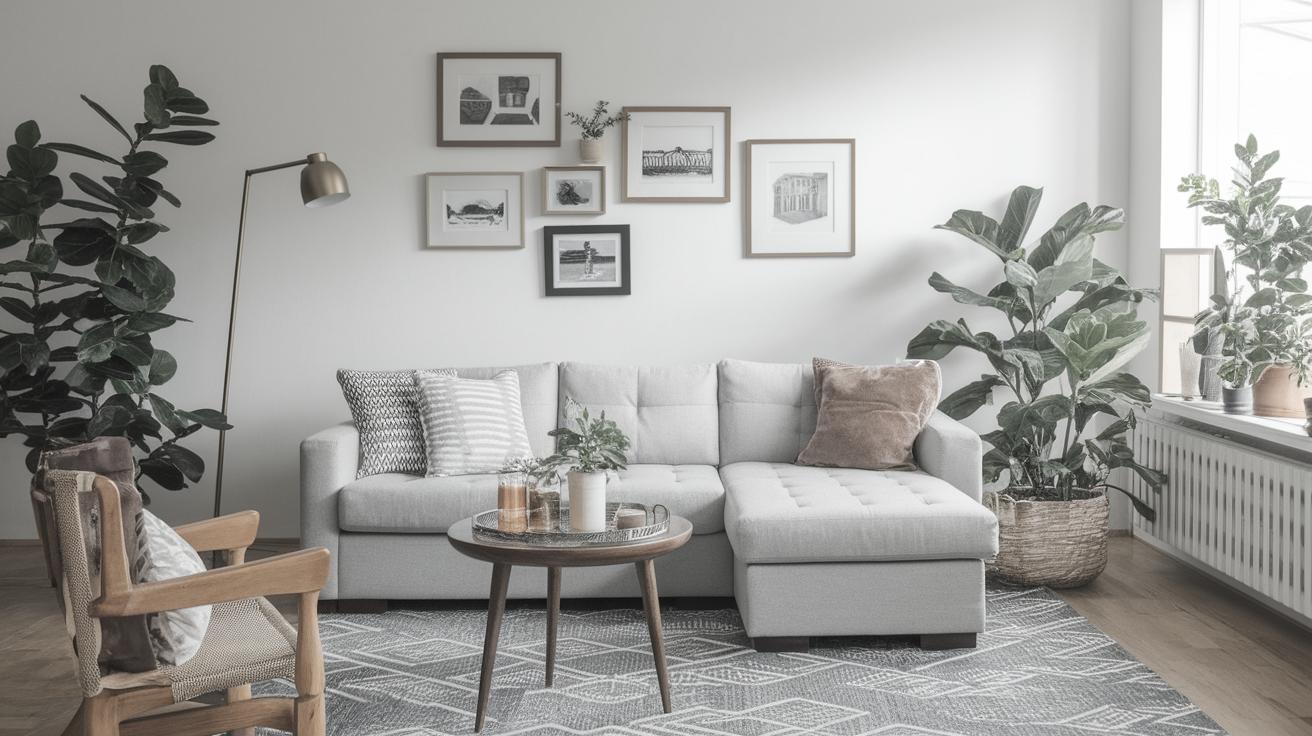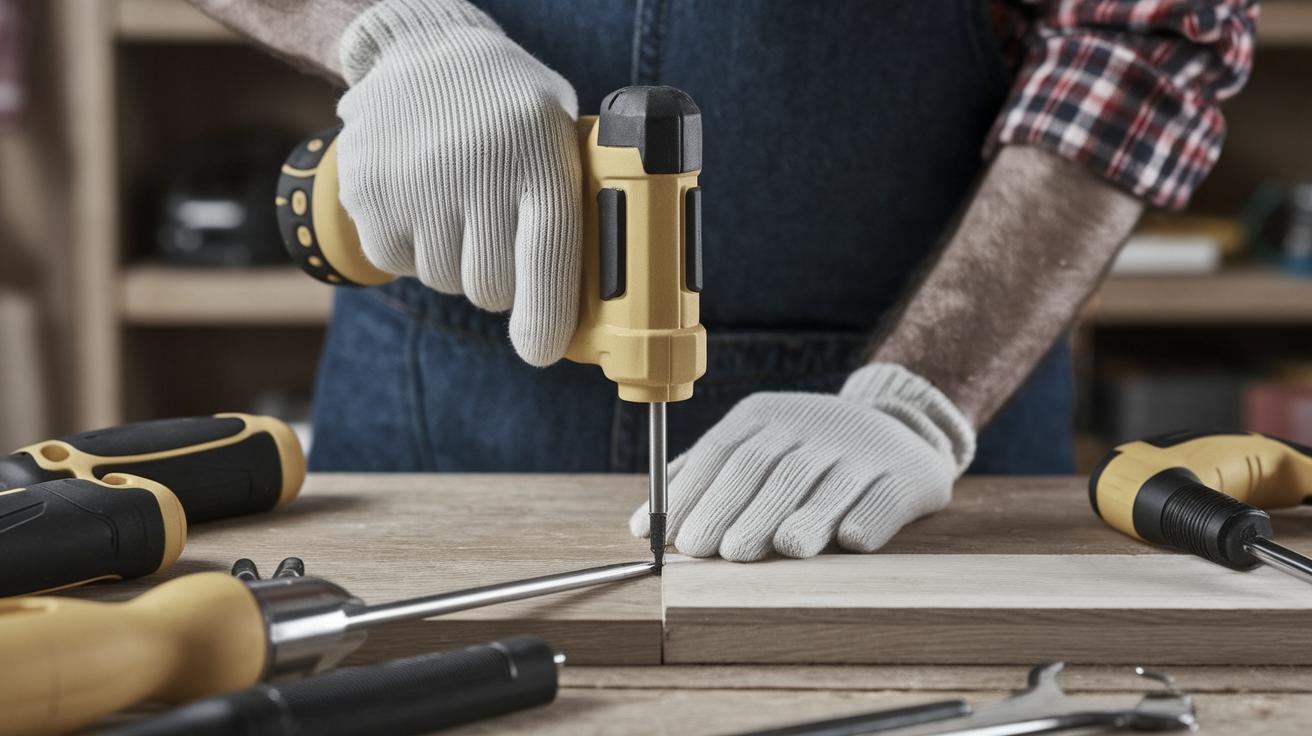How to Get Organized When You Live in a Small House
Living in a small house can present unique organizational challenges. However, with intentional planning and strategic use of space, you can create a functional and cozy environment. This blog post delves into proven strategies for effectively organizing tiny living spaces. We’ll explore methods such as decluttering regularly, utilizing vertical areas for storage, and creatively maximizing closet space. Additionally, you’ll learn how to cleverly define zones within open areas, encouraging a seamless flow from one functional space to another. Keeping clutter to a minimum and smartly choosing what enters your home can transform even the smallest of spaces into a sanctuary of order and efficiency.
1. Purge like crazy. Declutter often.
To maintain organization in a small living space, it’s essential to adopt a rigorous decluttering routine. With limited space, unnecessary items can easily accumulate, leading to chaos and inefficiency. Start by going through each room, assessing what you truly need and love. Be ruthless in saying goodbye to items that no longer serve you. Consider the one-year rule: if you haven’t used it in the past year, it’s time to let it go.
Regularly scheduling decluttering sessions can help maintain order. Whether it’s monthly, bi-monthly, or whenever seasons change, finding a rhythm will prevent clutter from taking over. Donate, recycle, or upcycle items that you no longer need, and try to avoid impulsive purchases that could contribute to clutter.
2. Separate rooms into zones.
One of the greatest challenges of small living spaces is achieving clear functional separation without physical walls. By defining zones within a room, you can create distinct areas for different activities. For example, use a bookshelf or area rug to denote an office space within your living room, or hang curtains as a visual barrier between sleeping and living areas.
Designating specific zones helps streamline activities and can actually make small spaces feel larger through structured use. It encourages a natural flow within the household, reducing the need to crowd furniture and décor into one central spot. Smart zoning transforms limited areas into multipurpose powerhouses, enabling one room to serve multiple functions seamlessly.
3. Maximize closet space.
When it comes to small living spaces, closets often become overstuffed and disorganized. Maximize this vital storage by implementing multi-level shelving, over-the-door organizers, and tension rods. These solutions can double or even triple your available storage by making use of every inch of space, from floor to ceiling.
Don’t overlook the potential of closet doors, which can be utilized for hanging shoe organizers, hooks, or baskets for small items. For clothing, uniform hangers and vacuum-sealed bags can provide additional room and neatness. Regularly revisiting your closet to reassess its organization keeps it both functional and efficient, mitigating the potential for clutter buildup over time.
4. Look for ways to use space creatively.
Thinking outside the box can significantly enhance the functionality of your living space. For example, consider transforming a windowsill into a mini garden or using your under-bed space for seasonal clothing storage. Repurposing items for dual functionality, like a coffee table with ample storage or a bench that opens up to hide excess blankets, optimizes space usage.
Smart furniture choices can include foldable or extendable pieces that allow for easy adjustment to space requirements. Moreover, custom-built solutions such as floating desks or wall-mounted shelving provide personalized storage and aesthetic appeal without consuming precious floor space. Creativity in interior design unlocks new possibilities for living small yet comfortably.
5. Get items off the floor.
Keeping items off the floor not only reduces clutter but also visually expands your space. Utilize furniture with legs to create the illusion of more room, and implement floating options whenever possible. Items such as baskets attached to the walls or mountable lighting fixtures can liberate floor space while adding style and structure.
Considering your floor an entryway or buffer rather than storage encourages finding other places for your possessions. Overcrowded floors tend to corral the eye and feel overwhelming. Instead, by elevating belongings, you maintain a clean, clear path that contributes to a soothing and orderly atmosphere, especially important in smaller homes.
6. Utilize vertical space.
Vertical space offers untapped potential for storage and organization in any small living area. Floor-to-ceiling bookshelves, tall pantries, or high-mounted cabinets multiply your storage capacity. These designs utilize otherwise overlooked spaces, elevating functionality and simplifying the organization.
Incorporate hooks and racks to display items like bikes or sporting equipment, taking advantage of the impressive strength of wall anchors. Additionally, using aesthetically pleasing baskets or containers on higher shelves keeps necessary but infrequently used items accessible yet out of the way, avoiding cluttered surfaces.
7. Be very choosy about what you allow to come into your house.
When it comes to a small home, every new item introduced has an impact on the available space. Practice mindful consumption by being selective with purchases and gifts. Evaluate potential acquisitions for their necessity and functionality before welcoming them into your living environment.
Establish a ‘one-in, one-out’ policy to help regulate belongings; acquiring something new requires you to remove something else. This disciplined approach will not only maintain order but also save you from future decluttering projects. A thoughtful curation of possessions ensures a home filled with only what you love and need, contributing to a harmonious living space.
More Organization Motivation.
Starting the journey towards organized small-space living can be daunting, yet reminds you how liberating and uplifting a tidy environment feels. Commit to making incremental changes, and be patient as you discover new systems and storage solutions that work best for you.
Social media platforms like Pinterest and Instagram abound with small-space organizational inspiration, showcasing tips, furniture hacks, and revolutionary storage ideas. Never underestimate the power of community when it comes to keeping motivated. Sharing experiences and insights can ignite new possibilities for an adaptable and thriving space. Embarking on organizational overhaul not only transforms your immediate environment but sets the stage for greater productivity and relaxation.
Future Prospects
| Subheading | Strategy |
| Purge and Declutter | Regular decluttering, one-year rule for items |
| Separate Rooms into Zones | Define zones with rugs, furniture, or curtains |
| Maximize Closet Space | Use multi-level shelving and over-the-door organizers |
| Use Space Creatively | Repurpose items, choose multifunctional furniture |
| Get Items Off the Floor | Use walls, furniture with legs, keep floors clear |
| Utilize Vertical Space | Install tall storages like shelves and cabinets |
| Be Choosy with New Items | Practicing mindful and selective acquisition |


